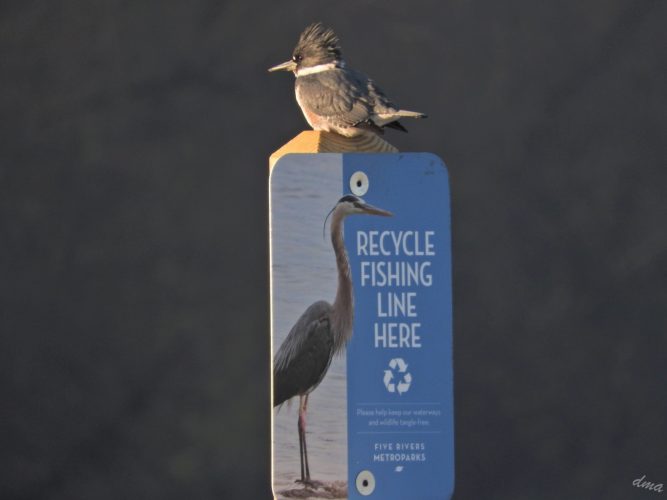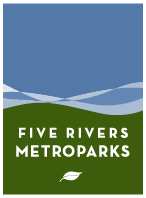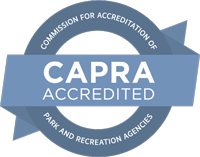Conservation
Maintaining natural spaces
From hiking trails and playgrounds to prairies, parks are all about opportunities to connect people with nature. Five Rivers MetroParks strikes a balance between natural areas and developed park amenities through a 90:10 ratio, with just 10 percent of land being impacted through development.
“As a conservation agency, we are committed to maintaining healthy ecosystems and balancing natural and developed areas,” says regional conservation manager, Mary Klunk.
Land is considered developed if it includes turf that requires mowing, a parking lot, building, pasture, crop field or paved recreation trail. An unpaved trail is not considered developed as long as it is installed and maintained to minimize impacts on natural systems. MetroParks designates land as a natural area if its priority there is to protect and manage natural wildlife habitats in forests, grasslands, thickets, wetlands and bodies of water.
Though natural areas make up 90 percent of MetroParks’ footprint, these spaces don’t remain untouched.
“There’s a level of hands-on environmental stewardship when it comes to maintaining natural spaces,” Klunk said. “From prairie burning and planting trees, to invasive species removal—we do everything we can to keep these natural ecosystems thriving.”
Leaving these natural spaces completely untouched would leave them open to the negative effects of things like emerald ash borer, invasive plant growth and more. In order to mitigate this, MetroParks’ Parks & Conservation team works to maintain balanced ecosystems that allow for local habitats and wildlife to flourish.
 Hooks, lines, and sinkers
Hooks, lines, and sinkers
Nine million miles of fishing line. That’s enough to wrap around the earth 360 times.
Unfortunately, it’s also the amount of discarded line that has wrapped around trees, rocks and aquatic life in our country’s waterways in the last 30 years. Since 1990, the Berkley Conservation Institute has recycled these miles of line to try to keep lakes, streams and rivers clear and healthy for plants and wildlife.
Five Rivers MetroParks is launching a local Fishing Line Recovery Program to collect old fishing lines, tackle and lures and to educate the public about the harmful effects of these items when they’re discarded. Most fishing line is not biodegradable—so if you cast it aside when you’re done with it, it could stay in the environment for centuries. It poses a primary threat to birds, fish and other river life but also can damage outboard motors, jet skis and lawn equipment.
We are rolling out 35 collection bins throughout our parks and recruiting volunteers to help us look for, collect and dispose of leftover fishing gear. We’ll send the material we collect to the Berkley recycling facility.
Our park staff received numerous calls about wildlife snagged in old fishing line, and often it’s too difficult to catch and assist the animals. Let’s work together to remove the threat to begin with and make fishing an outdoor activity that’s not hazardous to the wildlife we love.
How you can support the Fishing Line Recycling Program
- Don’t discard fishing supplies. Take them with you or dispose of them properly.
- Replace used and worn-out line before it becomes a problem.
- Recover as much line as you can when it gets snagged on trees and rocks.
- If you see old line on the shore or in the water, grab it and put it in one of our outdoor collection bins.
- Volunteer to maintain a Five Rivers collection bin at a Five Rivers MetroPark location near you.


